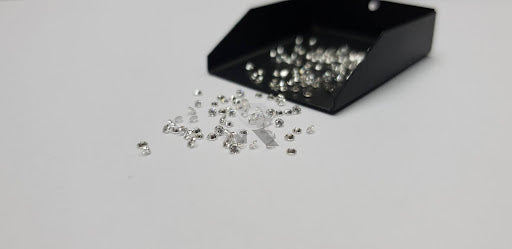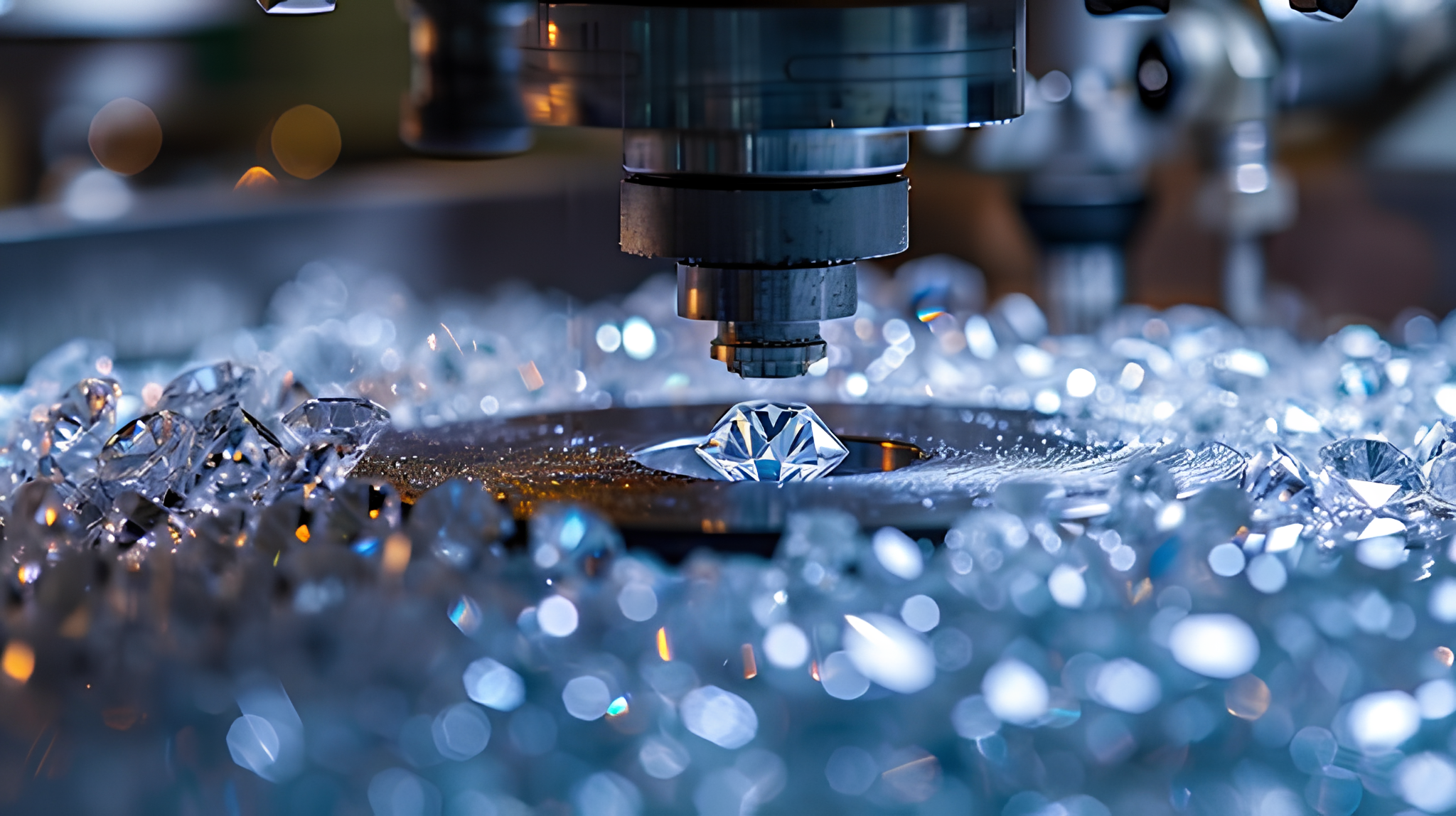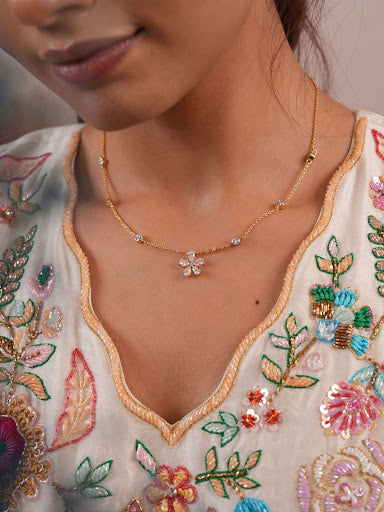LAB GROWN DIAMONDS
The Process of Creating Lab-Grown Diamonds:
From Seed to Sparkle
In today’s world, where being eco-friendly and innovative is the new standard for luxury, lab-grown diamonds are shining examples of cutting-edge technology. Made in high-tech labs, these gems sparkle just as beautifully as mined diamonds but with a much smaller environmental impact.
Curious about how these are made? Let’s have a look.

1. The Diamond Seed: A Tiny Beginning
The journey of a lab-grown diamond begins with a humble yet crucial component: the diamond seed. This seed is a small, pre-existing diamond crystal that acts as the foundation for creating a new diamond.
There are two primary methods for creating lab-grown diamonds:
High Pressure High Temperature and Chemical Vapor Deposition
High Pressure High Temperature (HPHT): Mimicking Nature’s Process
This method simulates natural diamond formation by placing a diamond seed in a chamber with high pressure and temperatures over 2,000°F (1,100°C). Carbon is introduced and then crystallized around the seed under these extreme conditions. Over time, the diamond grows layer by layer until it reaches the desired size. Once cooled and depressurized, the result is a rough diamond that, when cut and polished, matches the brilliance and clarity of natural diamonds.
Chemical Vapor Deposition (CVD): The Art of Vapor Transformation
In this method, a diamond seed is placed in a vacuum chamber filled with carbon-rich gas, like methane, and heated to around 1,500°F (800°C). This creates a plasma that breaks down the gas, allowing carbon atoms to crystallize onto the seed and form a diamond. The growth is carefully controlled for clarity and precision. Once the desired size is reached, the rough diamond is removed and refined to reveal its full brilliance.
2. Cutting and Polishing: From Rough to Radiant
Regardless of the method used to create them, lab-grown diamonds go through a meticulous cutting and polishing process. Expert gem-cutters shape the rough diamond into its final form, enhancing its natural brilliance and ensuring that it meets the highest standards of quality.


3. Certification and Grading: Ensuring Quality
Lab-grown diamonds are subjected to rigorous certification and grading processes to ensure their quality and authenticity. Each diamond is evaluated based on the Four Cs—cut, color, clarity, and carat weight. A certification report is provided, detailing the diamond’s attributes and confirming its lab-grown origin.
4. The Final Touch: Creating Stunning Jewelry
With their quality confirmed, lab-grown diamonds are ready to be set into beautiful pieces of jewelry. Whether it’s an engagement ring, necklace, or pair of earrings, these diamonds add a touch of elegance and sparkle to any design.

Why Lab-Grown Diamonds Shine Brightly?
Lab-grown diamonds offer numerous benefits beyond their beauty. They are created with a smaller environmental footprint, support ethical practices, and often come at a lower price point than natural diamonds. These advantages make them an appealing choice for those who seek both luxury and responsibility.
So, the process of creating lab-grown diamonds from a tiny seed to a dazzling gem showcases the marvels of modern technology and the commitment to ethical practices. As these diamonds continue to gain popularity, they represent a shining example of how innovation can harmonize with sustainability. Whether you’re captivated by their beauty or motivated by their ethical appeal, lab-grown diamonds offer a brilliant choice for the discerning consumer.
So, the next time you admire a sparkling piece of jewelry, remember the incredible journey it took—from a tiny diamond seed to the radiant gem that catches your eye.


